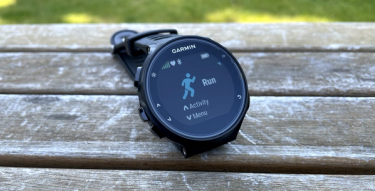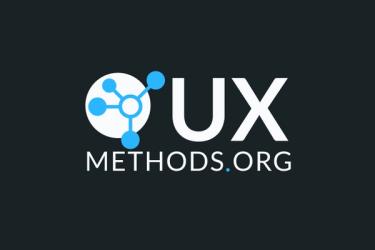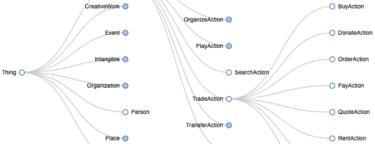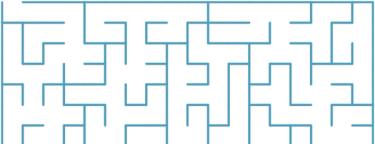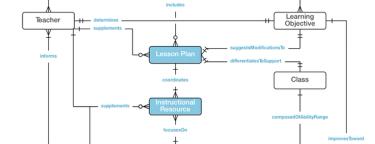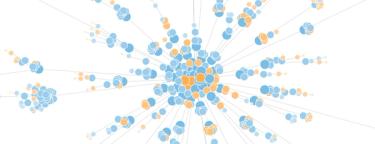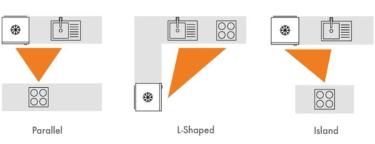Taxonomy Boot Camp 2022 Themes & Takeaways
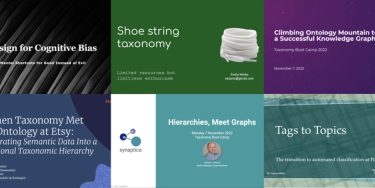
Last week I had the pleasure and privilege of attending the 18th annual Taxonomy Boot Camp in Washington DC. This year’s conference carried on its strong tradition of ideas, talks, and workshops for neophytes and experts alike, and, as always, provided much food for thought. Here’s a roundup of the themes and topics I saw recurring across talks, plus (as always) a bit of commentary on where I see them fitting into the bigger picture of designing information spaces that are easy to understand and pleasant to use.
